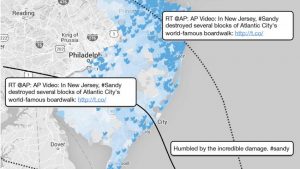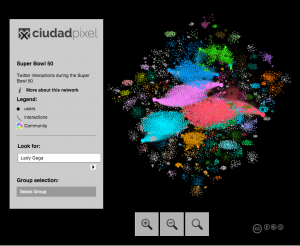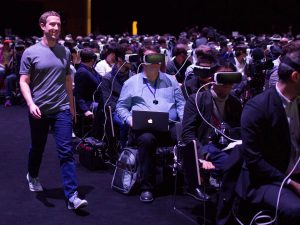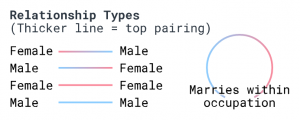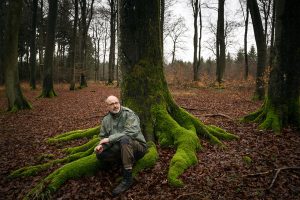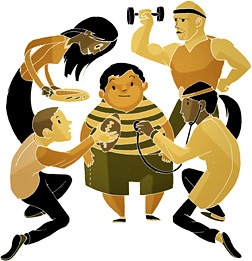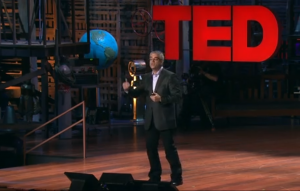 This TED talk from Nicholas Christakis explores how social networks can be applied to understand many aspects of people’s lives. To illustrate this point, Christakis shows that close network ties with people who are obese increases someone obesity risk by 45%. The effect scales up to 3 degrees of separation. This means that people you may not even know or even interact with my have an impact your physical health – i.e. if a friend of a friend of a friend is obese, your risk of obesity is 10% higher than that expected by random chance. Christakis points the the underpinning phenomenon of homophily – birds of a feather flock together. For obese people, it could be that people of a similar body size tend to communicate or that people that have a common exposure to a certain health plugs communicate with one another. Further, if your friend adopts a behavior, the chances that you adopt that behavior too are much higher.
This TED talk from Nicholas Christakis explores how social networks can be applied to understand many aspects of people’s lives. To illustrate this point, Christakis shows that close network ties with people who are obese increases someone obesity risk by 45%. The effect scales up to 3 degrees of separation. This means that people you may not even know or even interact with my have an impact your physical health – i.e. if a friend of a friend of a friend is obese, your risk of obesity is 10% higher than that expected by random chance. Christakis points the the underpinning phenomenon of homophily – birds of a feather flock together. For obese people, it could be that people of a similar body size tend to communicate or that people that have a common exposure to a certain health plugs communicate with one another. Further, if your friend adopts a behavior, the chances that you adopt that behavior too are much higher.
Listen to the full talk HERE.

